Ringworm is a common disease. According to statistics, the level of infection of the population, depending on the area of residence and social level, ranges from 20 to 80%. Infection rates are particularly high in countries with tropical and subtropical climates. More than 280 types of parasites are known to be dangerous to humans. Signs of helminthiasis vary depending on the location and type of parasite. Treatment regimens are developed individually for each clinical case.
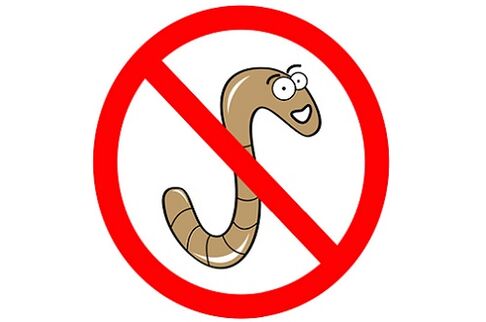
The main cause of the invasion
Worms are parasites whose typical habitat is the human body. There are factors that trigger the infection. In the majority of cases, helminthiasis develops due to non-compliance with standards and rules of personal hygiene. There are four main ways parasites enter the human body:
- Biological filariasis. Infection occurs when the eggs and larvae of the worms enter the digestive tract by eating foods including raw, semi-baked, smoked, dried meat or fish.
- Contact helminth infections. Infection can only occur through the transfer of parasite eggs from an infected person to a healthy person. This method of entry is typical for pinworms.
- Small liver fluke (Geohelminthiasis). The penetration of parasites into the human body occurs when in contact with plants, soil, water from open natural reservoirs.
- When bitten by a bloodsucking insect. This method of erosion is common in countries with tropical and subtropical climates.
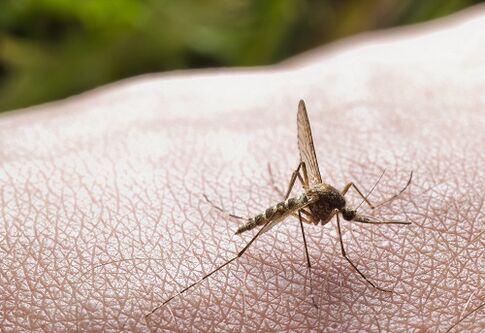
Important!Ringworm in adults and children appears due to the use of poor-quality food and non-compliance with the rules and rules of personal hygiene. Elimination of these factors is the best option to prevent helminthic invasion.
Clinical picture
Symptoms of the disease vary depending on the species of helminth, the extent of organ and tissue damage, as well as the individual characteristics of the infected person. The most common and common symptoms of helminthiasis in children and adults are weight loss, as long as the previous diet is maintained, itching in the anal folds, various allergic manifestations, decreaseimmunity and general decline in health.
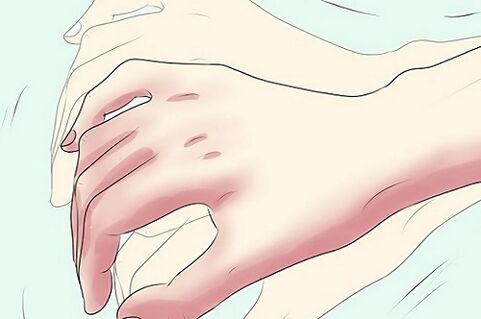
Symptoms of a parasitic infection are divided into several distinct subgroups:
- Central nervous system disorders. No matter where they are located, helminths cause symptoms by poisoning the body with toxic substances and decay products released during the parasite's life. These signs include sleep disturbances, irritability, watery eyes, depression, and tremors.
- Digestive disorders. There is nausea, vomiting, anorexia, diarrhea and constipation alternating with systemic, localized pain in the middle of the abdomen, flatulence.
- Allergic reactions and a decrease in the body's immune forces. Such symptoms are characteristic of the early stages of the infestation of helminths and are the result of poisoning with toxins and waste products of the parasite.

Worms cause symptoms in a person, their treatment requires an individual approach. These include skin lesions, ulcers, purulent abscesses, etc. v.
Diagnose
Diagnosis of helminthiasis is based on a thorough study of the patient's history, identification of a predisposition to infection, as well as laboratory tests. Most commonly used:
- Study the stool, the contents of the duodenum, debris obtained from the folds of the anus. Stool analysis allows you to identify live and dead eggs, larvae, and parasites. The diagnosis of helminths, made under laboratory conditions, is only effective if at least four to six weeks have passed since the time of infection.
- Survey by serological methods, including enzyme immunoassay, PCR, RSK and others. A blood test for helminth infections is one of the most effective methods. Before conducting a hemolymph study to detect parasites and eggs in human blood, you should first familiarize yourself with the rules of taking the test.
- To detect parasites, their typical habitats are liver tissue, gallbladder, skin, ultrasound and X-ray are used.
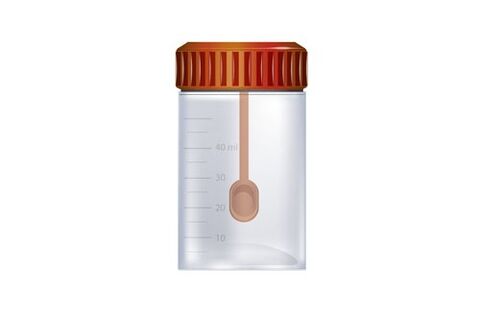
For the most accurate results, you should follow all the rules for doing the test prescribed by your doctor. In addition, at the end of the course of medical treatment, repeat tests should be passed to exclude recurrent helminthiasis.
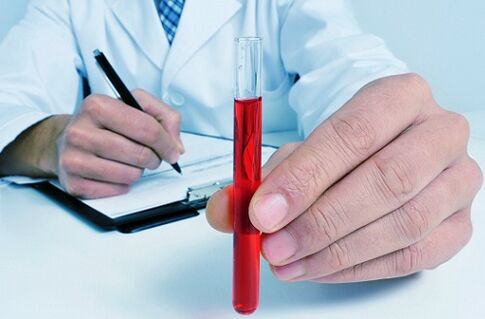
Medicines for treatment
Anthelmintic therapy requires an integrated approach. In addition, concepts such as symptoms and treatment are closely related, depending on the clinical signs of the disease, appropriate treatment methods are selected, action is taken to eliminate the difficulty. and improve patient well-being.
Treatment of helminthic infestations consists of three main stages: preparation, direct drug therapy, and recovery. It is also necessary to eliminate obvious signs of helminthic infection, which may cause discomfort to the patient. During the preparation period, you should follow a strict diet based on the use of only natural products, steamed or baked, as well as taking drugs that improve digestion.
Treatment regimens are compiled individually. The final stage of treatment is the recovery of the patient's body. For this, drugs are used that have an immunomodulatory effect, as well as biologically active drugs and additives that restore the microflora of the digestive system.
Folk method
In the fight against helminthiasis, natural homemade products with antiparasitic properties will help. They should only be used after medical advice. In addition, homemade medicine is not a panacea for worms; they should be used as part of complex therapy.
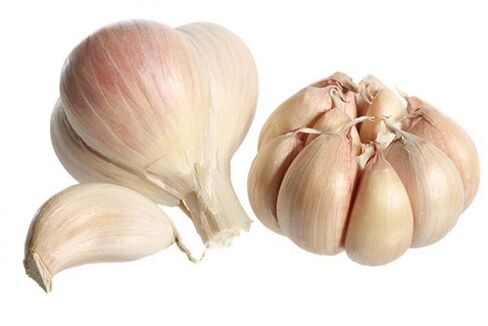
Some of the most effective and safe recipes include:
- Pumpkin seeds. To get good results, you need to eat at least one cup of raw nuts every day of the week. For children, the dosage can be halved.
- Garlic enema. To prepare the solution, boil a large garlic bulb in a glass of natural cow's milk for 10 minutes. Then, remove the vegetable roots, cool the resulting infusion to a comfortable temperature, and then use it as directed. It is recommended to carry out a procedure in conjunction with oral medication.
- Fresh garlic, onion and sauerkraut juice. If there are no contraindications, you should consume these products daily. This will help get rid of the worms and prevent reinfection.
- The frugal diet is also a folk method. The diet should be changed significantly, only vegetables and fruits should be limited, and can be eaten both fresh and after heat treatment. You should adhere to such a diet for at least ten days. In addition, this diet is very beneficial for improving and normalizing the function of the digestive tract.
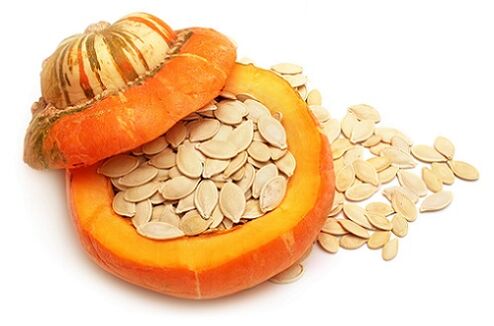
Important!The above traditional medicine methods can also be applied to children.
How to prevent infection
Parasite prevention is a must. Among the basic rules and regulations:
- Meals made with raw, dried, or lightly salted meat or fish should not be eaten.
- Wash thoroughly, then rinse fruits, herbs, and vegetables with boiling water.
- Conduct deworming to prevent diseases for pets, pets that can be a direct source of disease.
- Wash your hands often and take precautions when gardening.
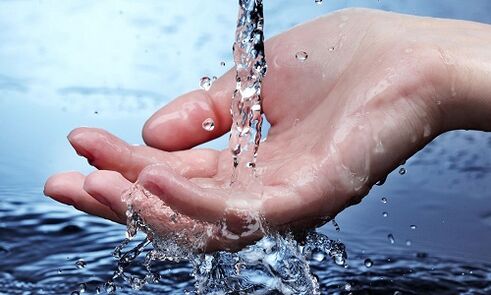
In addition, you need to regularly consult your doctor to do tests to identify parasites. You should have a medical check-up at least once a year. This rule applies to children attending preschool institutions. It is easier to cure helminth infections in the early stages of the infection.





























